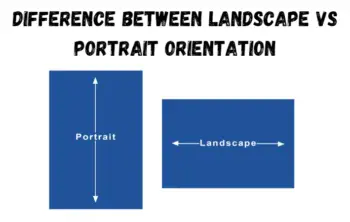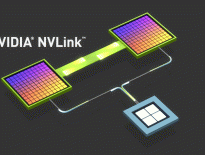Blockchain technology has revolutionized various industries by providing decentralized and secure systems for recording and verifying transactions. However, as the blockchain ecosystem continues to expand, the lack of interoperability between different blockchain networks has become a significant bottleneck. A valuable resource in this field, an Investment Education Firm, Mention below in the image which offers educational resources on these topics. In this article, we will focus on the world of interoperable networks, highlighting Polkadot’s exceptional prowess in solving this critical issue.
The Genesis of Polkadot
Vision of Dr. Gavin Wood
Dr. Gavin Wood, the co-founder of Ethereum, envisioned a blockchain ecosystem that could seamlessly communicate and share data across different networks. This vision laid the foundation for Polkadot’s development.
Evolution of Polkadot’s Whitepaper
Polkadot’s whitepaper went through several iterations to refine the protocol’s design and functionality. This iterative approach ensured a robust and scalable network.
Key Milestones
Polkadot’s journey to becoming a fully functional network involved key milestones such as its token sale, mainnet launch, and ongoing development efforts.
Polkadot’s Multichain Network Architecture
Relay Chain and Parachains
Polkadot’s architecture consists of a Relay Chain and Parachains. The Relay Chain serves as the central hub, while Parachains are individual blockchain networks that connect to the Relay Chain.
Scalability and Security
Polkadot’s architecture enhances scalability by allowing multiple Parachains to run concurrently, thus increasing transaction throughput. Security is maintained through a shared security model, where all Parachains benefit from the Relay Chain’s security.
Nominated Proof-of-Stake (NPoS)
Polkadot employs a unique consensus mechanism called Nominated Proof-of-Stake, where DOT token holders nominate validators to secure the network. This system ensures decentralization and security.
Cross-Chain Communication and Interoperability
Interoperability Challenges
Interoperability is crucial for the blockchain ecosystem to reach its full potential. Polkadot addresses challenges such as data transfer and asset exchange between chains.
Bridges and Cross-Chain Messaging
Polkadot’s bridges and cross-chain messaging enable seamless communication between Parachains and external blockchains, fostering interoperability. These bridges facilitate the movement of assets and data across chains.
Real-World Use Cases
Polkadot’s interoperability features have practical applications in various industries, such as decentralized finance (DeFi), supply chain management, and cross-border payments. These use cases demonstrate the tangible benefits of a connected blockchain ecosystem.
Polkadot’s Ecosystem and Projects
Ecosystem Overview
Polkadot has cultivated a vibrant ecosystem of developers, projects, and communities. This ecosystem is dedicated to building innovative solutions on the Polkadot network.
Prominent Projects
Notable projects, known as Parachains, have chosen Polkadot as their blockchain platform. Examples include Acala, Moonbeam, and Chainlink. These projects contribute to the network’s growth and diversity.
Impact on the Blockchain Industry
Polkadot’s approach to interoperability has influenced the broader blockchain industry by inspiring similar initiatives and encouraging collaboration between different blockchain networks.
Security and Governance in Polkadot
Unique Security Approach
Polkadot’s shared security model ensures that Parachains benefit from the collective security of the entire network. This approach minimizes the risk of attacks and vulnerabilities.
Governance Model
Polkadot’s governance is driven by DOT token holders who participate in decision-making processes. This model allows for the evolution of the network and the implementation of upgrades.
Challenges and Criticisms
While Polkadot’s governance model is unique, it is not without its challenges and criticisms. Some argue that it may lead to centralization or concentration of power among a few large token holders.
Future Prospects and Challenges
Upcoming Developments
Polkadot’s roadmap includes various upgrades and improvements, such as the integration of parachains, enabling the network to fulfill its interoperability vision further.
Competition and Challenges
Polkadot faces competition from other interoperable blockchain solutions, and the evolving regulatory landscape presents challenges that the network must navigate.
Long-Term Impact
Polkadot’s pioneering efforts in interoperability are likely to leave a lasting impact on the blockchain industry, fostering collaboration and innovation among different blockchain networks.
Conclusion
In conclusion, Polkadot’s prowess in achieving interoperability has positioned it as a frontrunner in the blockchain space. Its innovative architecture, cross-chain communication capabilities, and vibrant ecosystem make it a compelling choice for blockchain developers and projects. As the blockchain industry continues to evolve, Polkadot’s vision and approach to interoperability are set to shape the future of decentralized technology. It is an exciting time for blockchain enthusiasts, as we witness the realization of Dr. Gavin Wood’s vision through Polkadot’s remarkable journey.







